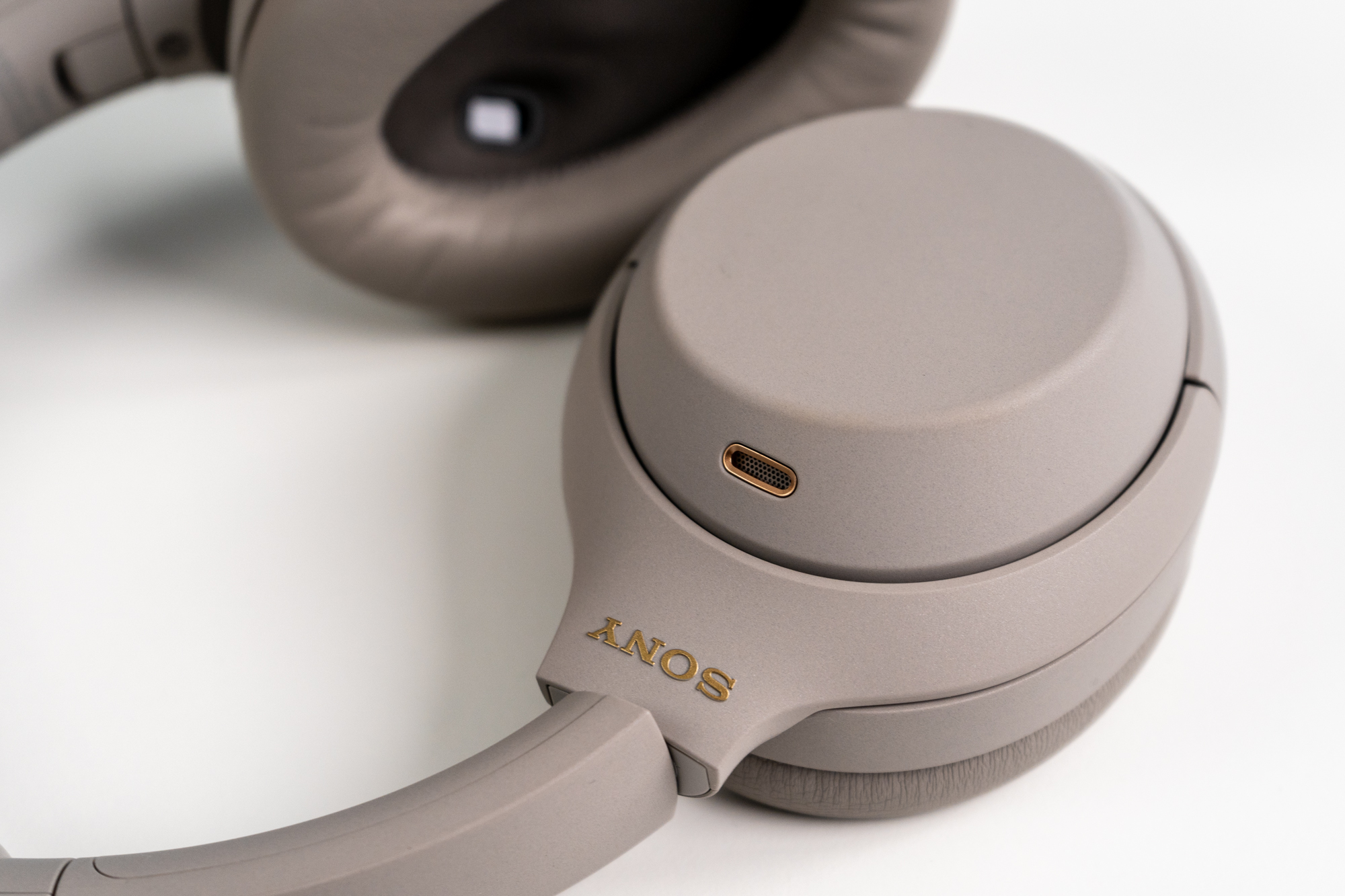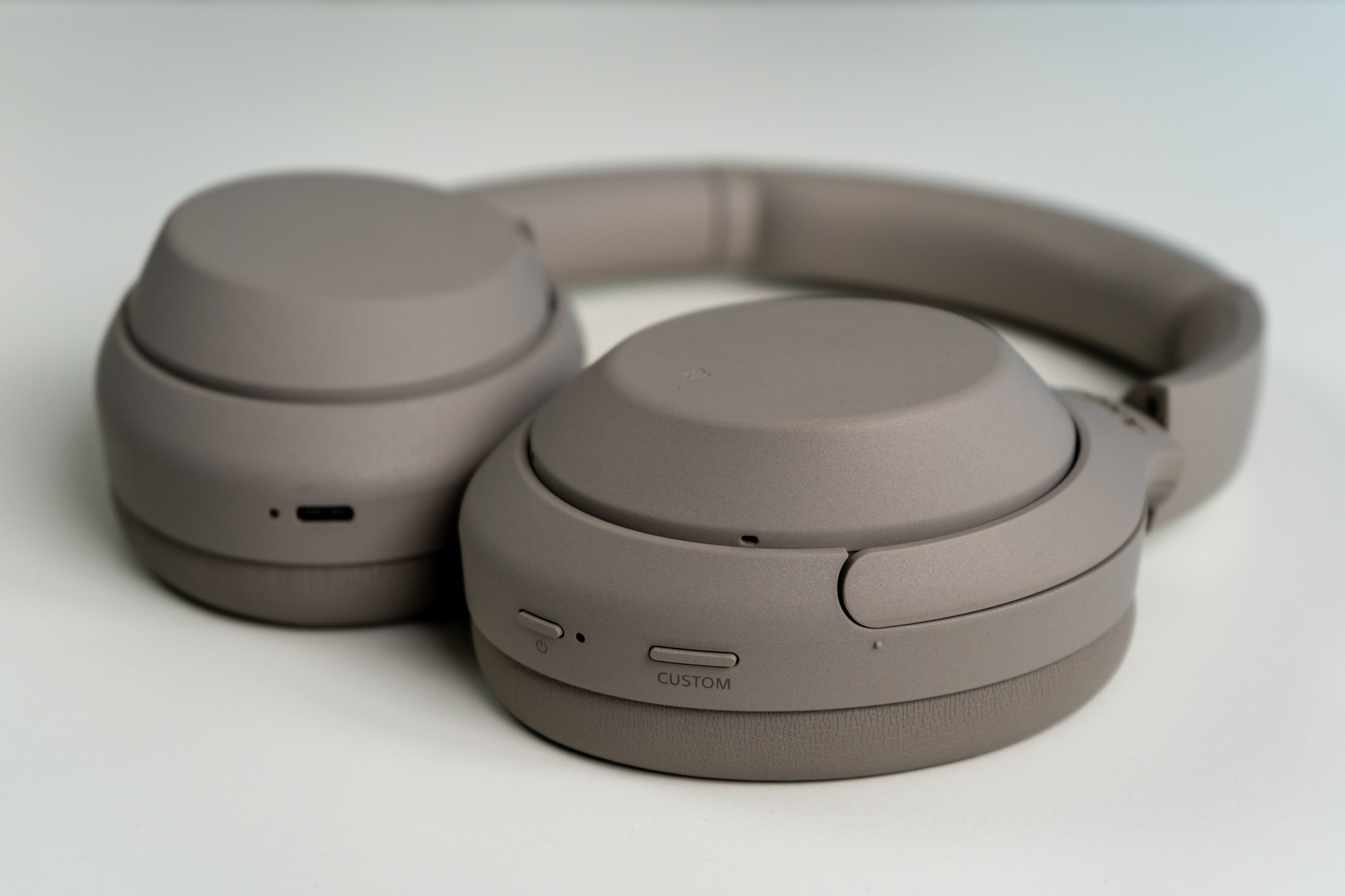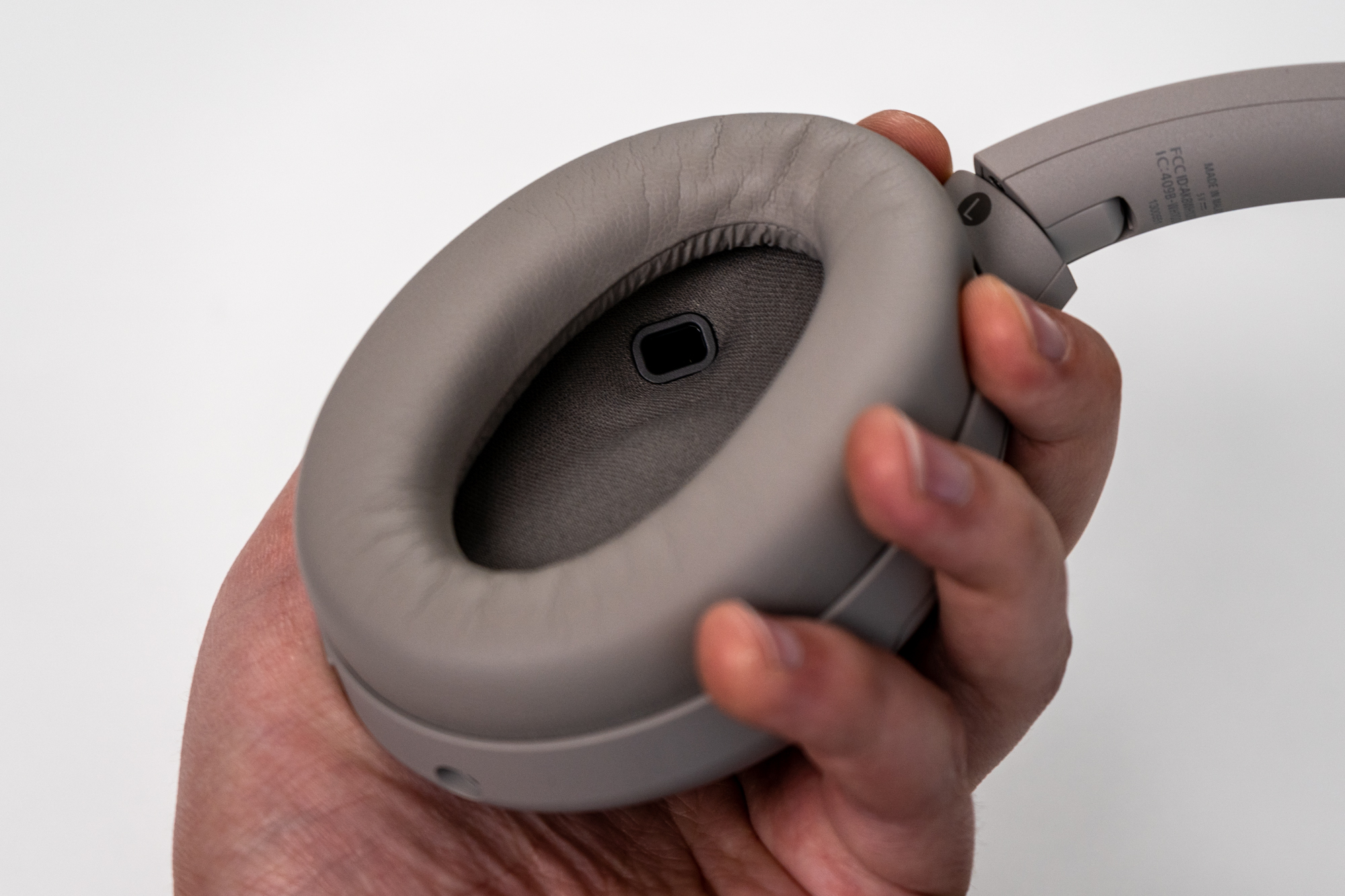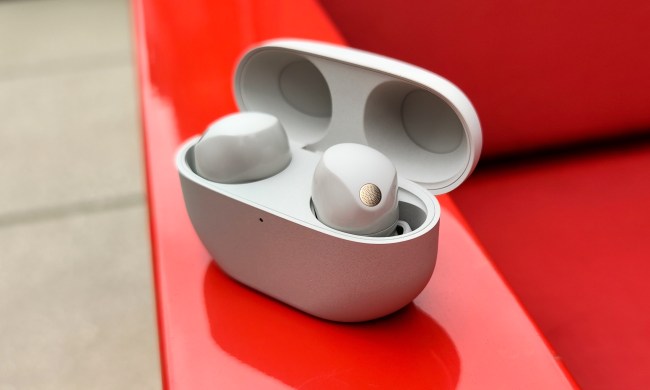- Very comfortable
- Excellent sound quality
- Excellent noise canceling
- Very good call quality
- Very good battery life
- Bluetooth multi-device pairing
- Handy, customizable features
- No aptX or aptX HD
In 2018, when Sony debuted its newest flagship wireless noise-canceling headphones — which in true Sony fashion were given the awkward name of WH-1000XM3 — they immediately shot to the top of our lists of best headphones. One of our reviewers even named it his Gadget of the Decade.
If you’re curious as to why, I encourage you to read our in-depth review before you read this review, as I’ll be referring to it a lot.
Comfort, sound quality, noise cancellation, battery life … the $350 XM3 simply destroyed the competition. Almost two years later, we have yet to find another set of wireless headphones that we prefer overall.
But resting on your laurels is a recipe for disaster, especially in the ultracompetitive personal audio space. Which is why Sony is back with the XM3’s successor, the $350 (you guessed it) WH-1000XM4.
How do you improve on near-perfection without raising the price? Let’s get into it.
What’s in the box?
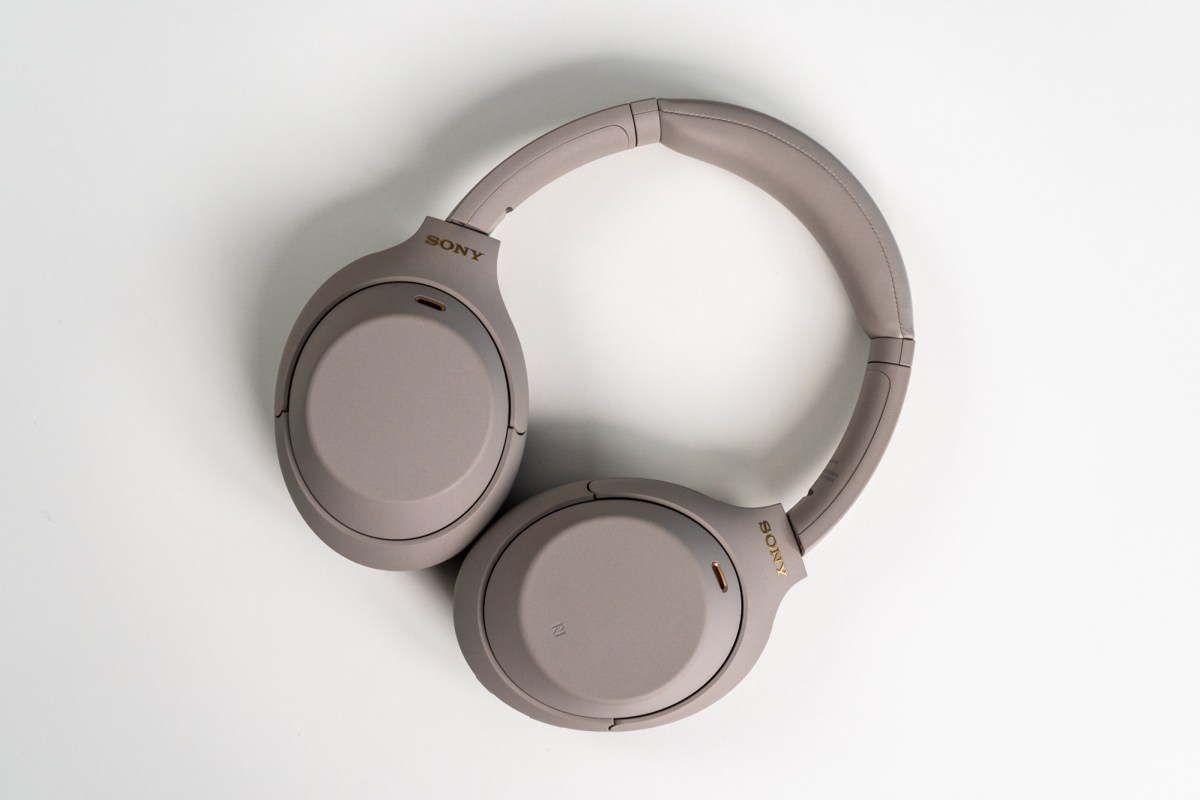
Your first clue that Sony has decided not to make big gambles on its proven formula comes when you open the box. Inside, you’ll find the exact same hard-shell carrying case as the WH-1000XM3 — right down to the elastic mesh pocket on the back panel and the copper-toned zipper pull.
Open up the case and the theme continues. The XM4 are arranged in the exact same semi-folded layout and accompanied by the same three accessories: A very short USB-C charging cable, an analog cable for headphone jacks, and an airplane travel adapter.
I kind of wish that USB-C cord was longer, but then again, that’s what Amazon is for.
Design
If you were a fan of the XM3’s understated yet sleek design, you’ll be happy to know that the WH-1000XM4 are so similar that it’s impossible to tell them apart at a glance.
The XM4 offer the same level of cushiness and stability as the XM3 while exerting a little less pressure on your head.
Not that Sony hasn’t made a few modifications here and there, but they’re all small tweaks. After all, “if it ain’t broke …”
These tweaks are aimed at further improving the comfort of an already exceptionally comfortable shape. The headband’s arc has been further refined, and the top cushion is a bit thinner. And though it’s impossible to tell without using a ruler and a magnifying glass, Sony claims the ear cushions now have a 10% greater contact area with the sides of your head.
The proof is in the wearing. The XM4 offer the same level of cushiness and stability as the XM3 while exerting a little less pressure on your head. They’re simply more comfortable.
They feel lighter somehow, even though I know there’s no way I’m able to sense that the XM4 physically weigh a minuscule 1 gram less than the XM3.
There are also tiny cosmetic changes.
The finish Sony has chosen for the XM4 is ever so slightly more matte and verges on rubbery. The result is a decrease in the amount of sheen, and therefore fingerprints are a bit more noticeable on the black version. On the tan model, this is less of a concern.
The NFC logo on the left earcup is now embossed instead of printed, and the model number on the headband caps is more subdued.
Battery life
Battery life and charging remain unchanged on the XM4 — something of a surprise given the huge power improvements Sony made with its true wireless WF-SP800N over a similar time period.
You get 30 hours of life with noise-canceling turned on, and 38 hours when it’s off, which is still very good as far as wireless headphones go — considerably better than the XM4’s main competitor, the Bose Noise Canceling Headphones 700, which die after just 20 hours.
Ten minutes of plug time gets you an additional five hours.
What also remains is the inability to use the XM4’s powered features like ANC or wireless audio while you’re charging — though the analog cable will still work for non-powered audio.
Smarter controls

Controlling tunes and calls on the WH-1000XM4 is done through the touch-sensitive pad on the right earcup, using a series of swipes and taps — same as the XM3. But now, the headphones are smarter. Instead of removing them from your head or pausing the music and switching to ambient mode in order to have a conversation, you can just start talking.
The single-biggest improvement Sony has added for pure daily convenience is a wear sensor.
Sony calls it Speak-to-Chat and the XM4’s onboard sensors automatically detect that you’re trying to speak to someone and respond by simultaneously letting sound in and pausing your media.
You can double-tap the right earcup to immediately resume playback, or you can just wait — 30 seconds after the headphones sense you’re done yakking, they’ll crank up the tunes again.
It’s extremely effective, and I found that with the sensitivity set on automatic, even sneezing would trigger the feature. Thankfully, the Headphones app gives you loads of adjustments, including a high/low sensitivity toggle and a Focus on Voice mode that’s designed to let in just nearby voices, without going full-ambient for background sounds.
But perhaps the single-biggest improvement Sony has added for pure daily convenience is a wear sensor, located in the left earcup. Now, when you remove the XM4 from your head, your tunes can pause automatically. This has become a near-standard feature on high-end wireless headphones and true wireless earbuds, and it’s great to see that Sony hasn’t ignored it.
I noticed a few occasions where my tunes started up again on their own while the headphones were slung around my neck, but for the most part, the feature works well and is highly responsive when you don or remove the XM4.
Bluetooth Multipoint
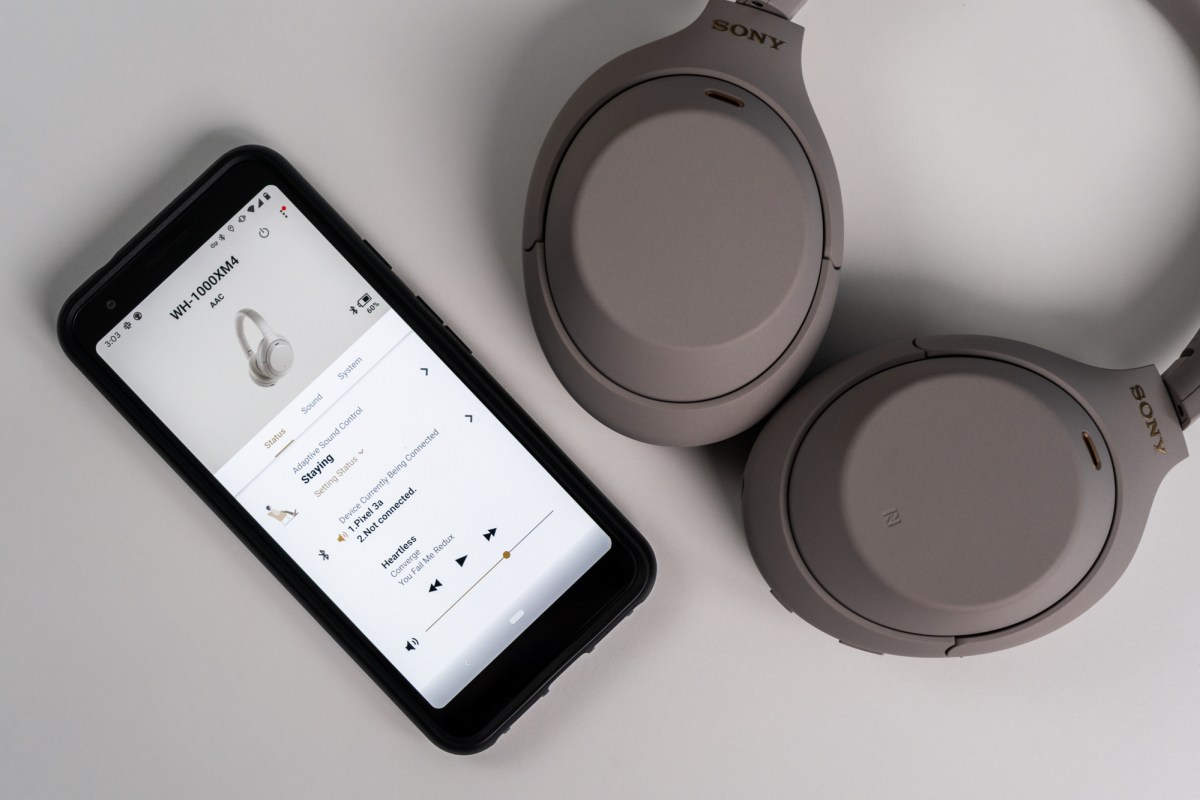
When we reviewed the WH-1000XM3, just about the only real criticism we could level at those headphones was their lack of Bluetooth multipoint pairing. In other words, you could only pair them with one device at a time.
For those of us who live our lives on a variety of machines, Bluetooth multipoint alone makes the XM4 worth the upgrade.
The XM4 fix that critique and you can now set them up to be simultaneously paired with, say, your phone and your laptop, or your phone and a Bluetooth device like a TV.
You enable the feature via the Sony Headphones app (it’s turned off by default).
Once you’ve got the XM4 paired to a set of Bluetooth sources, you simply pause the audio on one device and then start playing from the other device. In my tests between an iPhone 11 and an iMac, the transition was nearly instantaneous. If I was listening to the Mac when a call came through on the iPhone, I was able to accept the call and return to the Mac afterward without ever touching either the phone or the desktop.
Even better, the Headphones app remembers all previously paired devices, so you can quickly swap which two you want to use at the same time, all from one interface.
For those of us who live our lives on a variety of machines, this one feature makes the XM4 worth the upgrade.
Sound quality
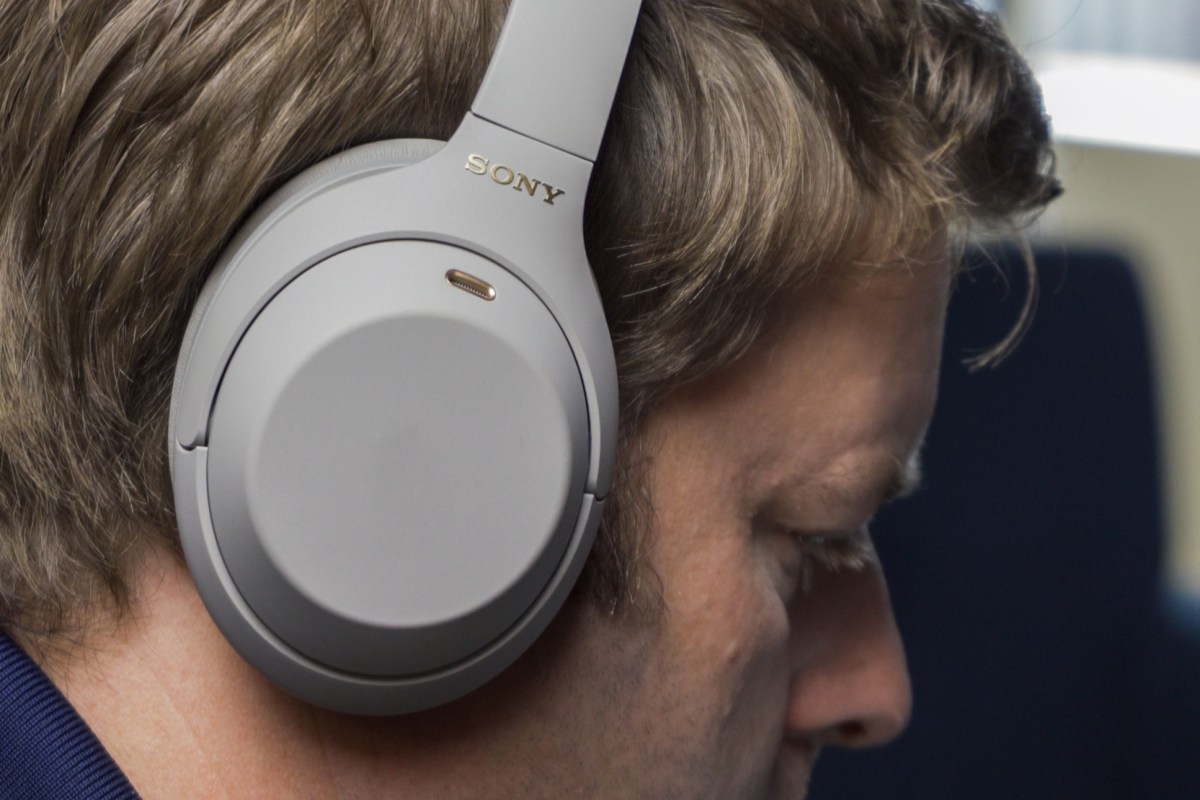
Given just how good the WH-1000XM3 sound, it’s probably not realistic to expect a significant jump in audio quality from the XM4, which is not to say that Sony is standing still in this department.
The XM4 have been graced with the latest and greatest version of Sony’s digital music upscaling tech, DSEE Extreme. The goal of DSEE technology is to partially compensate for the loss of quality that happens when music gets highly compressed using lossy codecs like MP3 or AAC.
Being able to extract musicality from a song’s low-end is, in my opinion, the XM4’s greatest strength.
Sony claims that DSEE Extreme — which uses onboard artificial intelligence — is trained to analyze music in real time through a partnership with the company’s SonyMusic division. In practice, it is supposed to be better at restoring certain frequencies, like the tsss-tsss-tsss of high-hat cymbals, than its predecessor. That might be something you can determine using scientific tools, but to my ears, it didn’t make a significant difference.
But ultimately, it doesn’t matter. The XM4 possess such good balance among the various frequencies — accompanied by a wonderfully wide and well-defined soundstage — that it’s superb when it comes to getting a rich and satisfying listening experience no matter which genre you choose.
The XM4 carry on the XM3’s tradition of presenting bass as more than just a low-end boom. On tracks like Hans Zimmer’s Time, which makes use of complex low-frequency instrumentation, the XM4 create a deep floor that straddles the line between hearing and feeling. But it can also top that floor with many layers of discernible bass notes, delivering both warmth and precision.
Mids and highs are no less enjoyable, but being able to extract musicality from a song’s low-end is, in my opinion, the XM4’s greatest strength.
There is one caveat on the XM4’s sound quality, but it primarily affects Android users: Sony has dropped support of aptX and aptX HD Bluetooth codecs, which were included with the XM3, and now only supports SBC, AAC, and Sony’s own LDAC.
Is it important? I don’t think so. Since Android 8.0 Oreo, LDAC has been a codec that phone makers can freely include, and the vast majority have chosen to do so. LDAC is also one of only two Bluetooth codecs that have been certified as Hi-Res compatible — even aptX HD can’t make that claim.
I’m sorry to see support for aptX go, but it’s definitely not a deal-breaker.
Noise-canceling

Sony’s best active noise canceling (ANC) tech is once again on display in the WH-1000XM4, and this time the company claims it has improved both its software algorithms and its hardware for even better performance than the XM3.
Some low-frequency sounds, like the drone of an airplane jet engine, fans, and some traffic noises, can be almost completely canceled by ANC, while mid- to high-frequency sounds like human conversation are reduced. Sony says the XM4 do a better job with that latter group of sounds, so in theory, you should be less aware of your environment when sitting in your local coffee shop, or in a busy office.
In my time with the XM4, I wasn’t aware of a significant difference, but our pandemic-based lifestyle didn’t afford a lot of opportunities for busy environments. DT Senior Editor Caleb Denison tried them too and noticed only minor improvements. If you’re wondering whether they’re better than Bose’s excellent Noise Cancelling Headphones 700, it’s really too close to call.
Another small improvement: You can now activate Sony’s personalized ANC calibration from the headphones themselves, using a long press on the Custom button, instead of relying on the Headphones app.
Call quality
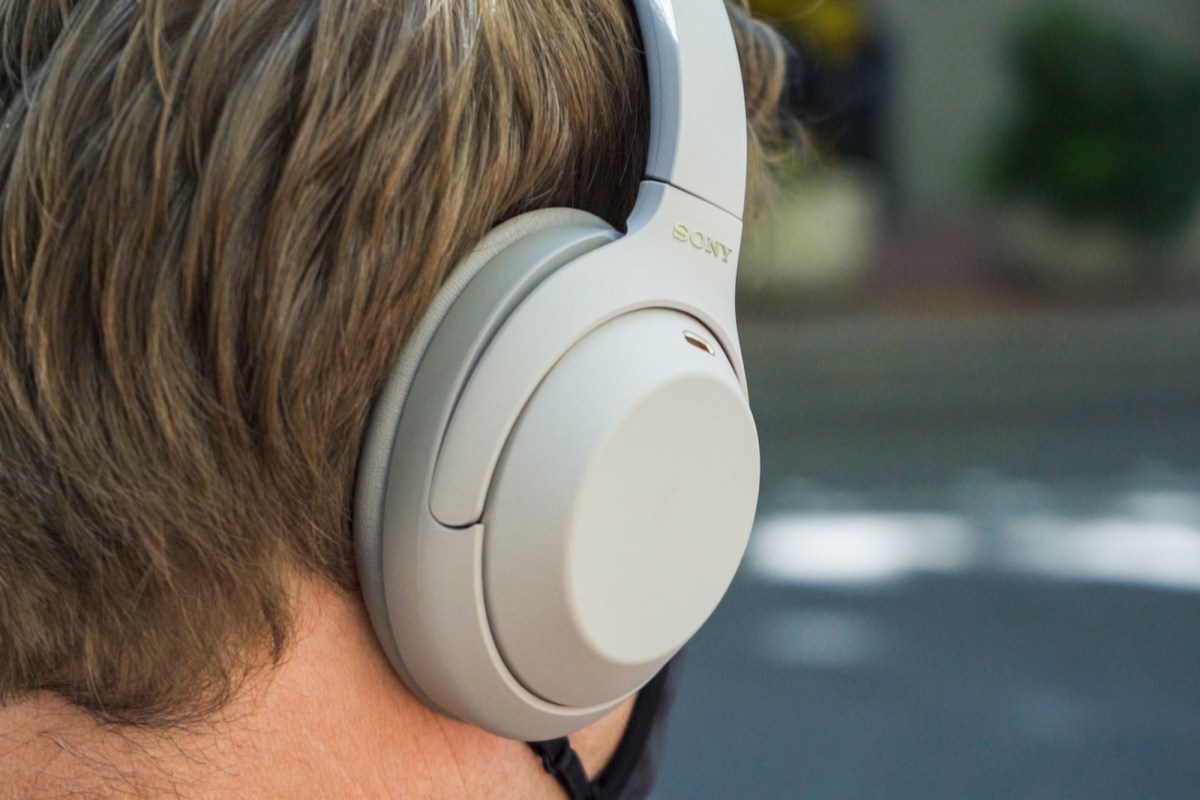
Call quality is another area of strength for Sony products overall, and the WH-1000XM4 is no exception. Calls were uniformly very good, under a variety of conditions, even when I walked by an extremely loud construction site.
I was apparently much more aware of the noise than my caller was, which seems like proof that Sony’s claim that the XM4’s improved call quality due to improved noise reduction is more than just marketing.
Our take
For the same price as its previous flagship, Sony has delivered small but very useful improvements in the WH-1000XM4, which is enough to crown them as the new king of personal audio.
Is there a better alternative?
Nope. That’s what happens when you’re the best. But, if you want to save some money, you can bet there might be some sweet deals on the older WH-1000XM3 until Sony clears out its remaining inventory. If you’re content to go without a wear sensor and Bluetooth Multipoint and can get the XM3 for $50 to $100 less than their regular price, I think you should.
How long will they last?
The WH-1000XM4 come with a one-year warranty from Sony. Their build quality is excellent and Sony headphones have a good reputation for reliability. Battery life will diminish over time, but you can expect to get many years of use before that becomes a serious problem. You can expect the earpads to need occasional replacement over the life of the headphones; these can be easily purchased online.
Should you buy them?
Absolutely. Though not exactly affordable, the WH-1000XM4 sit at the top of the wireless headphone market, and they’re worth every penny.


